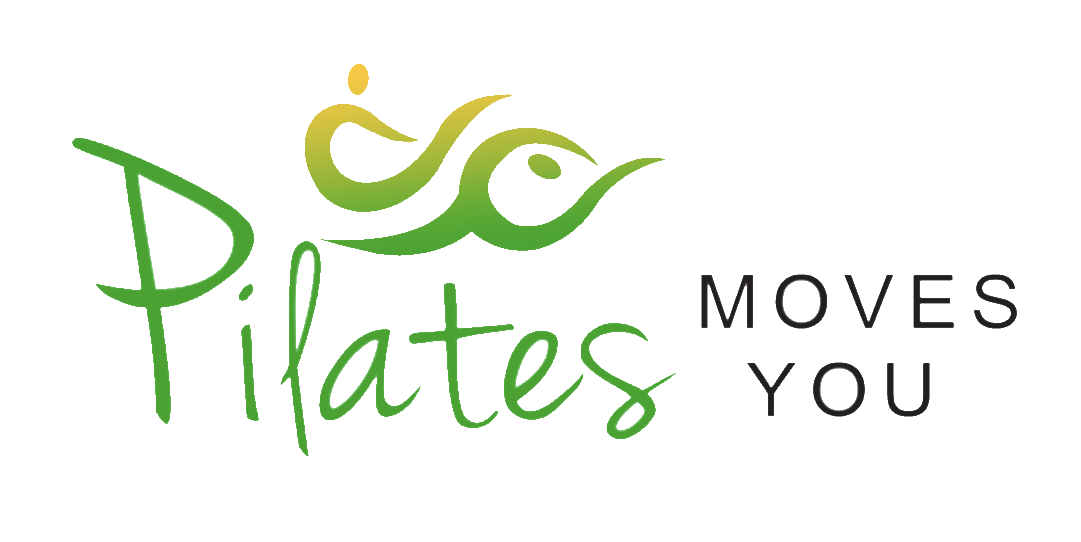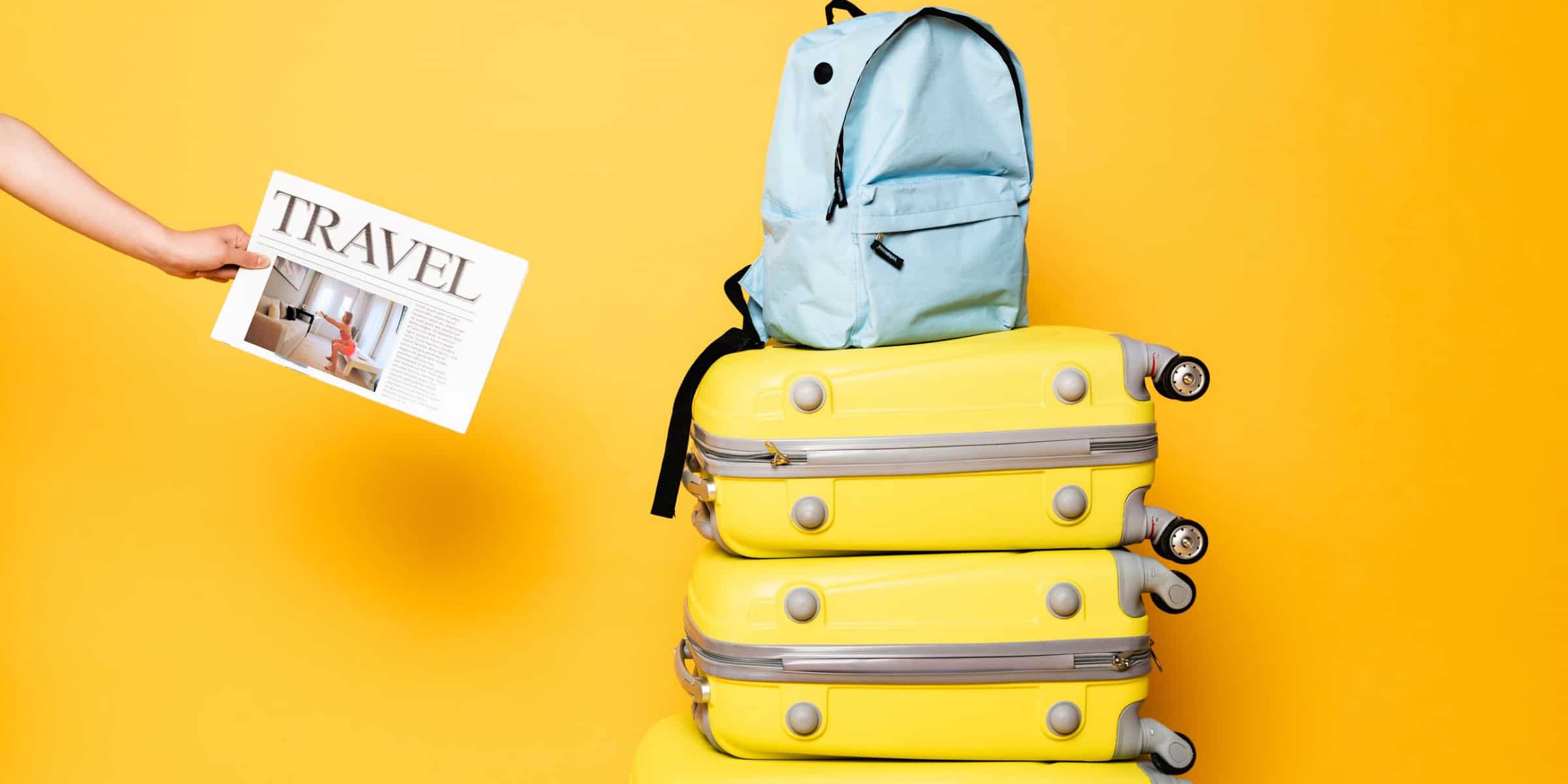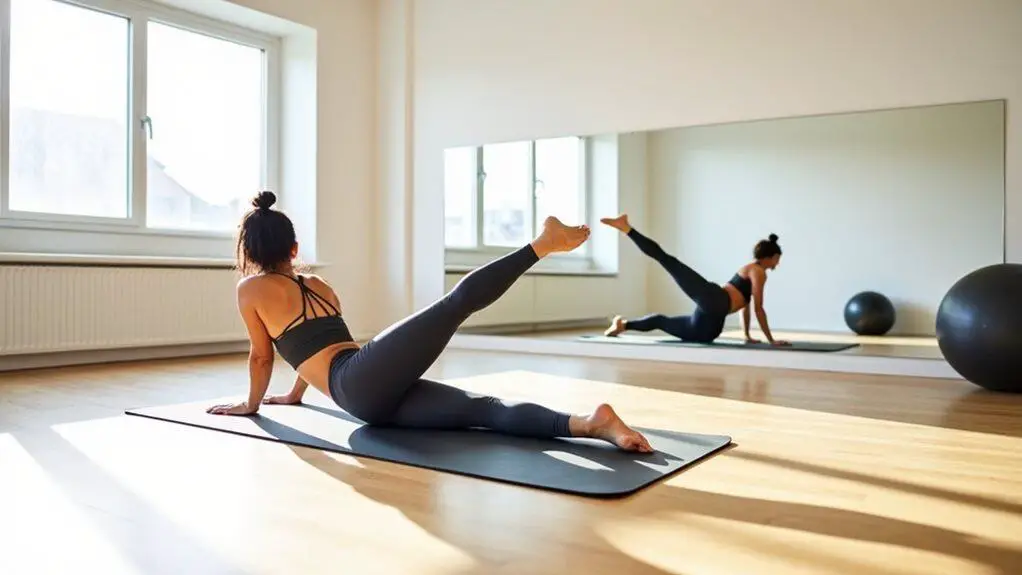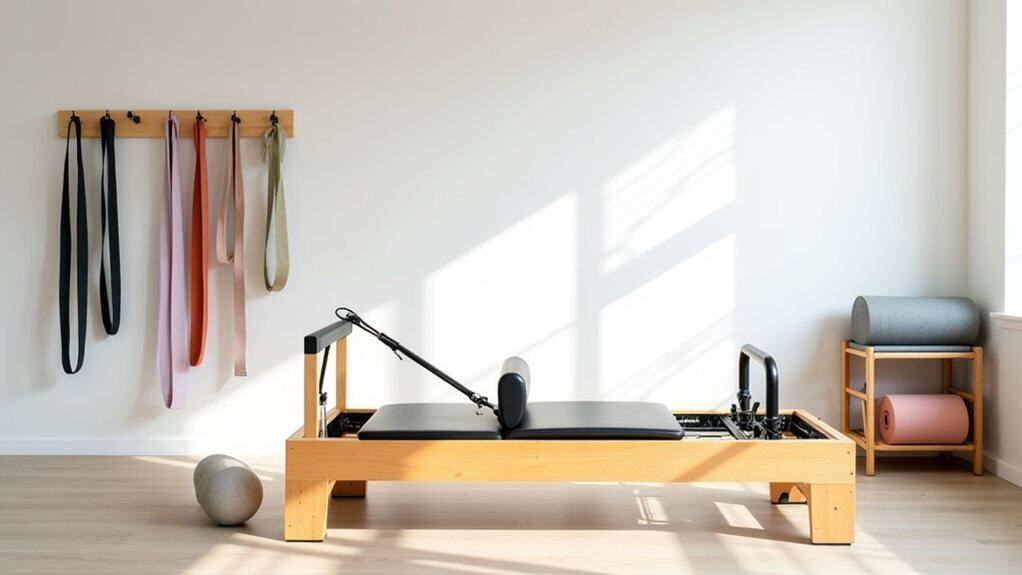The thrum of the highway, the rhythm of a train’s tracks, or the gentle sway of a boat—each has its cadence, its tale of adventure. Yet, these journeys can also physically toll those constantly on the move.
Incorporate Pilates exercises into your travel routine to stay relaxed on the road. Pilates focuses on core strength, flexibility, and balanced muscle development, making it ideal for travelers. Simple stretches and core exercises can ease travel-induced tension and maintain physical well-being.
As we traverse the globe or just zip from one town to the next, our bodies crave stability and relief. Just as travelers have their tales, an age-old practice might hold a secret to harmonizing our bodies with the journey.
The Link Between Travel Strains and Pilates Solutions
Whether for leisure or business, travel comes with challenges for the body. Hours spent sitting in confined spaces, hauling luggage, and adjusting to different time zones can lead to various physical strains, from stiff necks and swollen ankles to lower back pain.
- Physical Strains of Travel:
- Prolonged Sitting: Lengthy flights or road trips can restrict blood flow and compress the spine. The result? A stiff neck, sore back, and sluggish legs.
- Luggage Lifting: Overhead compartments, train platforms, and hotel staircases require lifting and maneuvering luggage, straining the shoulders, back, and wrists.
- Disturbed Sleep Patterns: Jet lag or unfamiliar sleeping environments can disrupt our sleep cycle, leading to fatigue and muscle tension.
- Pilates Solutions to Travel Strains:
- Core Activation: Pilates emphasizes the importance of core strength. A strong core alleviates lower back pain and provides better posture, even after hours of sitting.
- Flexibility Training: Pilates exercises to stretch and elongate muscles, combating the stiffness resulting from prolonged immobility.
- Balanced Muscle Work: Pilates targets large and small muscle groups, ensuring an even distribution of strength and flexibility. This can be especially beneficial in preventing imbalances from carrying heavy bags or navigating crowded travel hubs.
- Mindful Breathing: Integral to Pilates, deep and rhythmic breathing techniques can mitigate stress, improve oxygen supply, and aid in better sleep.
In essence, the strains of travel are undeniable, but they don’t have to be inevitable. By understanding the relationship between travel’s physical demands and Pilates’s holistic approach, travelers can discover a path to better mobility, reduced tension, and a more harmonious journey.
Compact Pilates Moves for Small Spaces
Travel often means contending with tight spaces: the compactness of airplane aisles, the confines of a hotel room, or the limited legroom in a bus or train. Yet, Pilates offers a range of exercises that can be performed even in the most restricted of spaces. Here are some compact Pilates moves tailored for travelers:
- Pelvic Tilts:
- How: Lie on your back with knees bent and feet flat on the floor. Engage your core and gently rock your pelvis back, pressing your lower back into the floor, then tilt your pelvis forward, creating a slight arch.
- Benefits: Activates the core and relieves lower back tension.
- Spine Twist:
- How: Sit tall with legs extended in front. Arms out to the sides. Rotate your torso to one side, return to the center, and rotate to the other.
- Benefits: Increases spine mobility and stretches the obliques.
- Seated Leg Lifts:
- How: Sit tall on the edge of a chair or bed. Keep one foot grounded while lifting the other knee towards the chest—lower and switch.
- Benefits: Engages the core and promotes circulation.
- Neck Stretch:
- How: Sit or stand tall. Tilt your head to one side, bringing the ear towards the shoulder. Hold, return to the center, and repeat on the other side.
- Benefits: Eases neck tension and improves flexibility.
- Standing Arm Circles:
- How: Stand tall with arms extended at shoulder height. Make small circles forward for a few seconds, then reverse.
- Benefits: Strengthens shoulders and releases tension.
- Ankle Rolls:
- How: Extend one leg and roll your ankle clockwise, then counterclockwise. Switch to the other ankle.
- Benefits: Improves ankle mobility and counters swelling from prolonged sitting.
Even when space is at a premium, these compact Pilates exercises ensure that maintaining physical well-being is within reach. No matter the tight corners of your journey, stretching and strengthening can revitalize the body and mind.
Incorporating Breathing Techniques for On-the-Go Relaxation
Breathing is the essence of life, yet many of us seldom pay attention to it, especially during the hustle and bustle of travel. Proper breathing oxygenates our bodies, calms the nervous system, and helps manage stress. Pilates, at its core, emphasizes the integration of mindful breathing with movement. Here’s how travelers can utilize Pilates-inspired breathing techniques for instant relaxation:
- Diaphragmatic Breathing (or Deep Abdominal Breathing):
- How: Sit or lie down comfortably. Place one hand on your chest and the other on your abdomen. Inhale deeply through the nose, letting your diaphragm (not your chest) rise, and exhale slowly through the mouth.
- Benefits: Engages the diaphragm, promotes relaxation, and reduces stress.
- Lateral Breathing:
- How: Sit or stand tall. Inhale through the nose and focus on expanding the ribs out to the sides without lifting the shoulders. Exhale fully, feeling the ribs come back in.
- Benefits: Maximizes lung capacity, ideal for exercises that engage the core.
- Balanced Breathing:
- How: Inhale for a count of four, then exhale for the same count of four. Aim to keep the inhalation and exhalation durations equal.
- Benefits: It creates a calming effect that balances the sympathetic and parasympathetic nervous systems.
- Pulse Breathing:
- How: Take short, sharp inhalations (typically three) through the nose, followed by a long, slow exhale through the mouth.
- Benefits: Increases lung capacity, energizes the body and aids in specific Pilates movements.
- Box Breathing:
- How: Inhale for a count of four, hold for four, exhale for four, and then hold for another count of four before repeating.
- Benefits: Reduces anxiety, improves concentration, and promotes a sense of grounding.
Travel can be both exciting and stressful. Whether it’s the anxiety of missing a connection, the fatigue from long hours of transit, or simply the sensory overload from new environments, breathing techniques can be your secret weapon. By incorporating these Pilates-influenced practices into your travel routine, you can ensure a refreshing and serene journey.
Preventing Common Travel Ailments with Pilates Fundamentals
Traveling is an exhilarating experience, offering new horizons and adventures. However, it has its physical challenges. Long flights, time zone changes, and hauling luggage can strain our bodies. Thankfully, Pilates, with its core principles and techniques, offers remedies to these common travel-induced ailments.
Combatting Jet Lag:
- Pilates Approach: Focus on grounding exercises like the “Pelvic Curl” or “Bridging.” These moves help reset the body’s internal clock by grounding the spine and promoting circulation.
- Benefits: Improve sleep quality, boost energy levels, and reset the body’s circadian rhythm.
Alleviating Lower Back Pain:
- Pilates Approach: Emphasize lumbar spine mobility through exercises like the “Cat-Cow Stretch” and “Swan Dive.”
- Benefits: Eases tension in the lower back, promotes spinal health, and improves posture.
Reducing Leg Swelling and Fatigue:
- Pilates Approach: Incorporate leg lifts and ankle circles to enhance circulation, paired with elevation of the legs whenever possible.
- Benefits: Decreases swelling, prevents blood clots, and rejuvenates tired legs.
Strengthening the Core for Luggage Lifting:
- Pilates Approach: Core-strengthening exercises like “The Hundred” and “Single Leg Stretch” prepare the body for the demands of lifting and carrying.
- Benefits: Reduces the risk of injuries, offers better stability, and aids in balanced weight distribution.
Neck and Shoulder Tension Release:
- Pilates Approach: Utilize exercises such as the “Neck Pull” and shoulder rolls to release tension and create space in the cervical spine.
- Benefits: Eases muscle tightness, enhances neck mobility and counters heavy backpacks or pillows strain.
Improving Digestion:
- Pilates Approach: Twisting movements like the “Saw” and deep breathing techniques stimulate the abdominal organs.
- Benefits: It aids digestion, relieves bloating, and supports overall gut health.
The joys of traveling shouldn’t be marred by physical discomfort. Integrating Pilates fundamentals into your journey enhances your physical well-being and ensures every trip is a more pleasurable and pain-free adventure.
Sources:
https://focusmovement.sg/2019/11/26/pilates-for-travellers/
https://vacayou.com/magazine/exercises-to-keep-up-your-pilates-routine-on-vacation/




